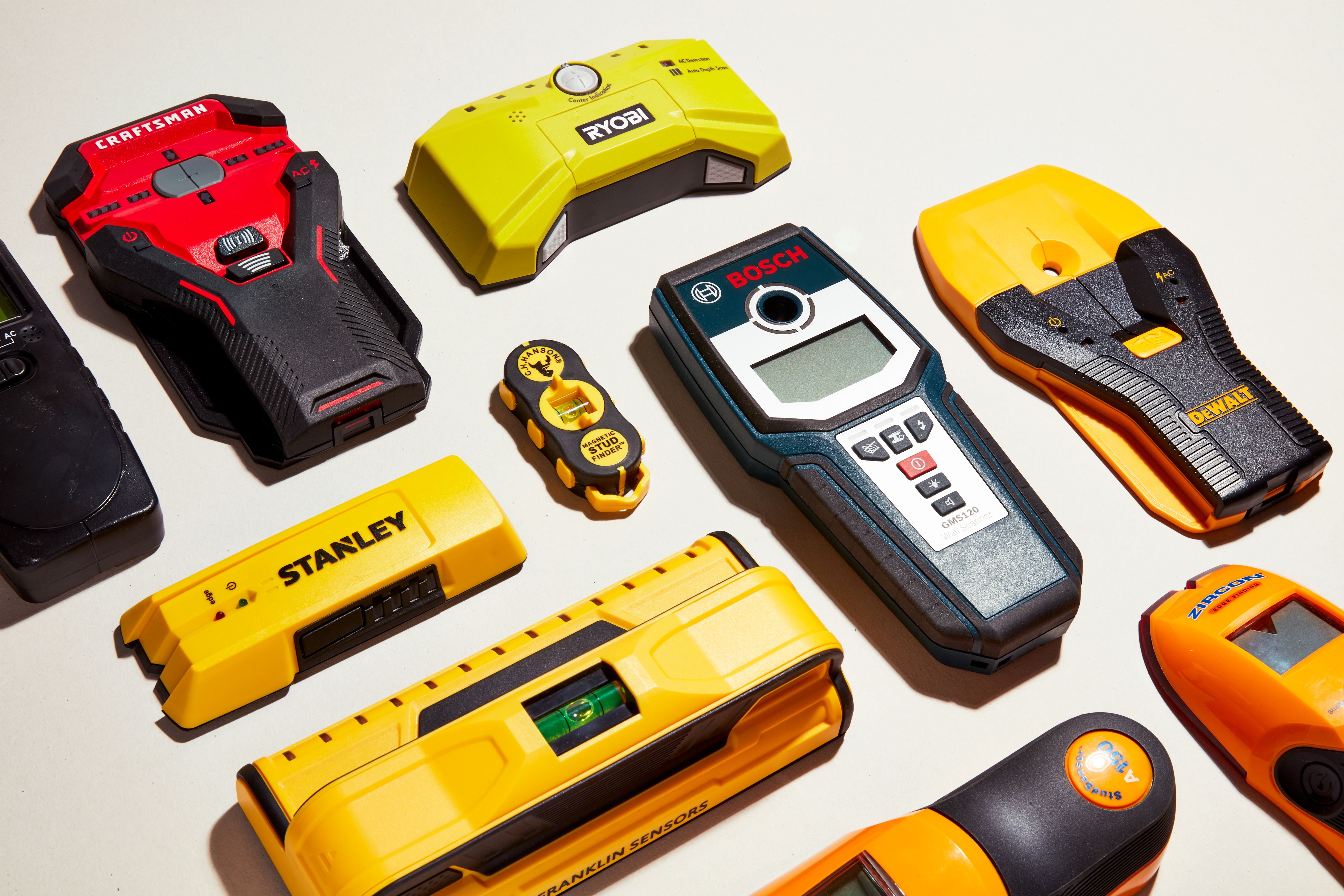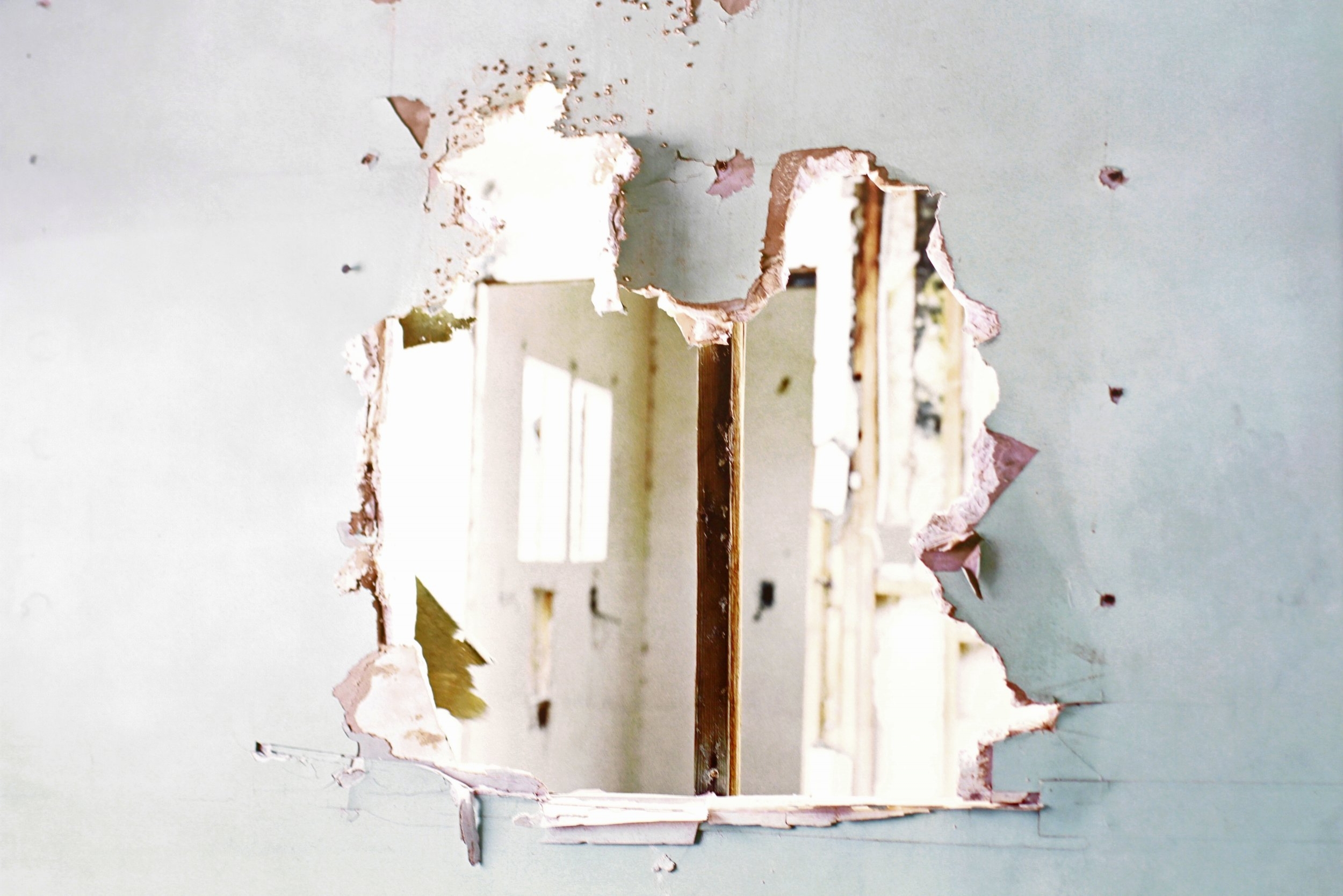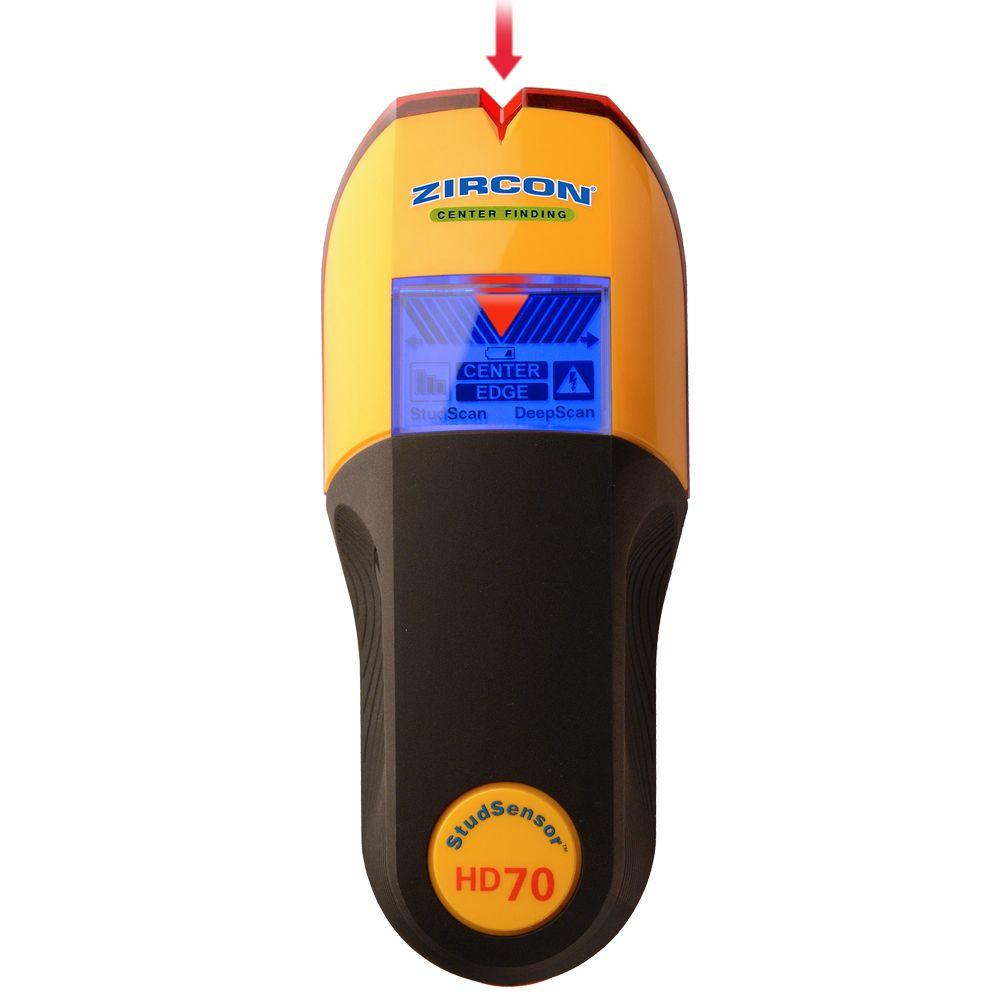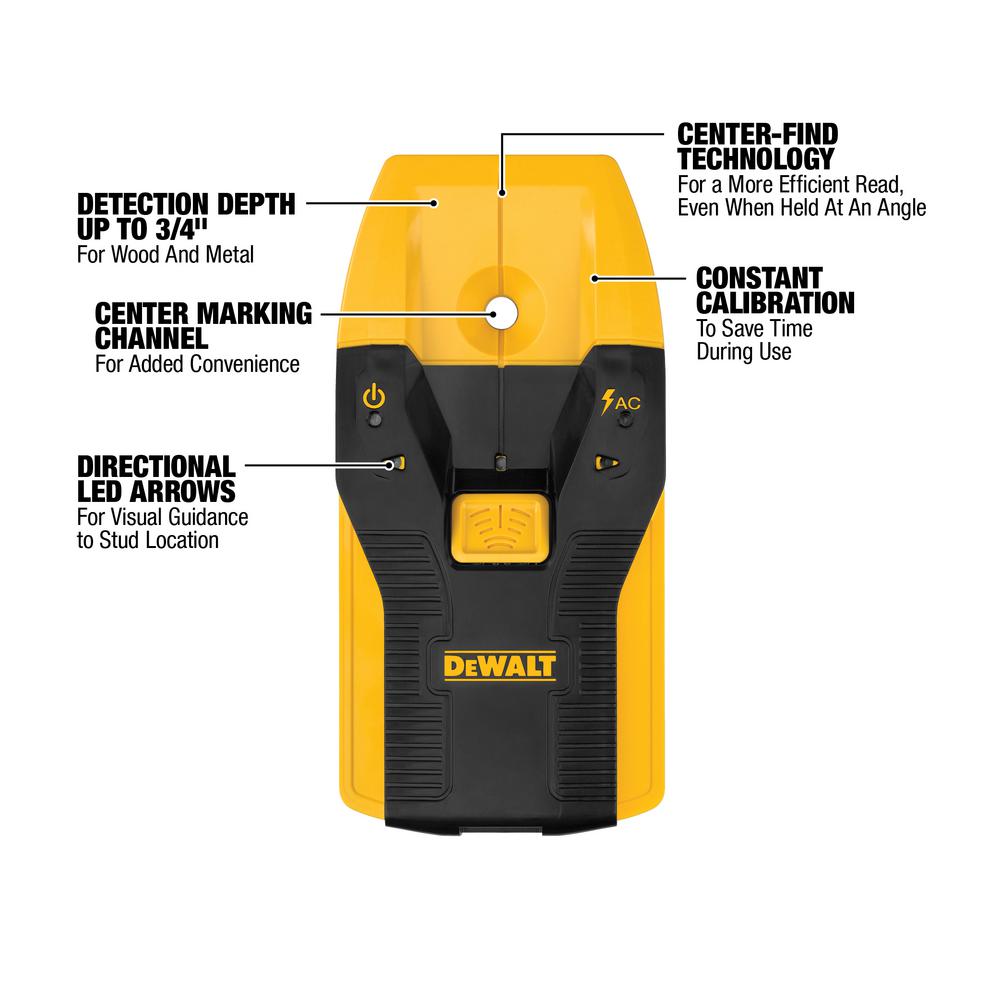If you start in a corner and measure out 16 inches and you dont find a stud you should find one at 24 inches. Holding a stud finder against the wall comes next.
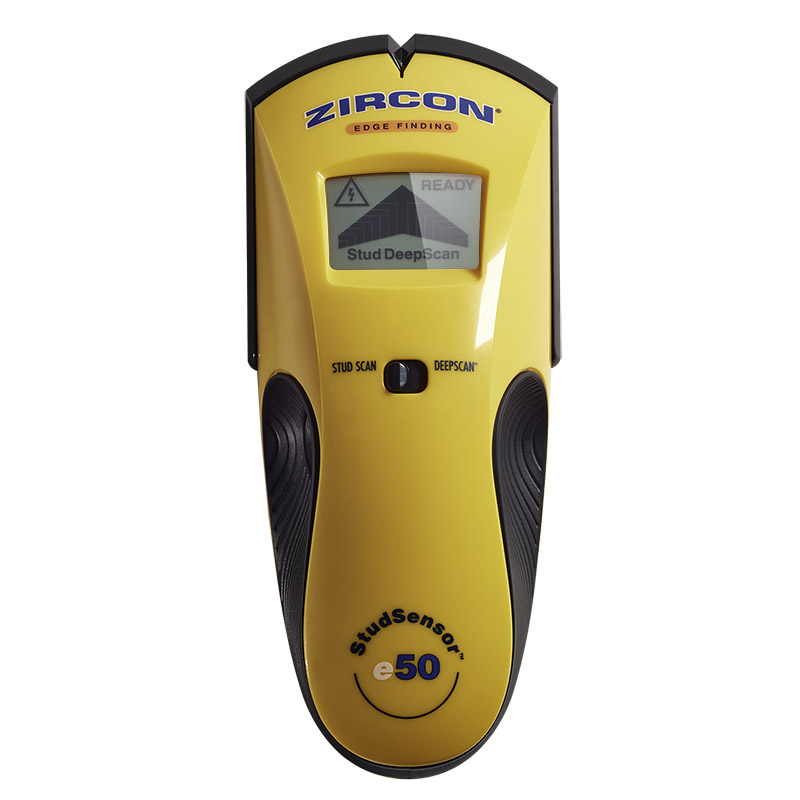
Studsensor E50 Edge Finding Stud Finder Zircon Corporation
How to find a stud with a stud finder. You can also try holding a flashlight against a wall and looking down the wall to see if you can tell where two pieces of drywall meet. Mark the location on painters tape. Look for a column of bumps or dimples in the surface. Or you have to measure 24 inches to find the stud. Shine a flashlight at a steep angle against the wall. You should be able to find the stud using a magnet tape measure and a nail and hammer.
When the stud finder alerts you to a studvia a beep or flashing light depending on the finder in questionretrace the last few inches with the unit to double check where the alert is occurring. You move the magnet across your ceiling until the magnet reacts. Usually you can do this by positioning the device on the wall where there is no stud then activating it. Some stud finders have to be calibrated. The stud finder will then indicate if it is calibrated or if you need to move it to a different area to calibrate again. Hold the stud finder against the wall and move it along the surface at the installation height of the fastener.
Joist holders nails and other key ceiling elements are made from metal. When a home is framed the wall studs are usually spaced 16 or 24 inches apart. These irregularities are caused by. Recalibrate the stud finder if necessary. How to find a wall stud without a stud finder. An edge finding model signals when it senses the end of open space behind the wall and the edge of a dense object such as a stud.
The baseboard is nailed to studs and outlets are usually. Examine the baseboard for nails or outlets. You keep poking holes in your ceiling until you find the stud.


